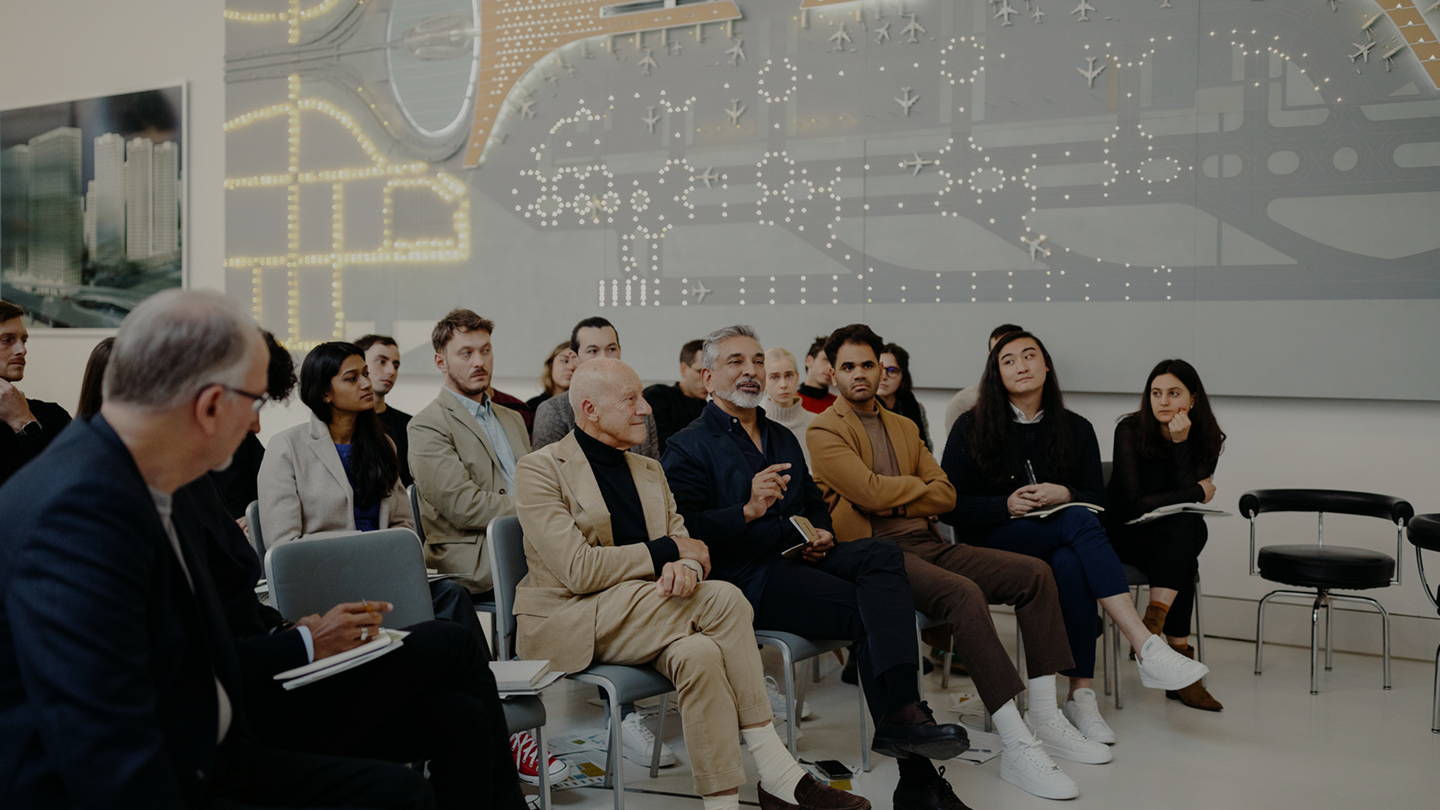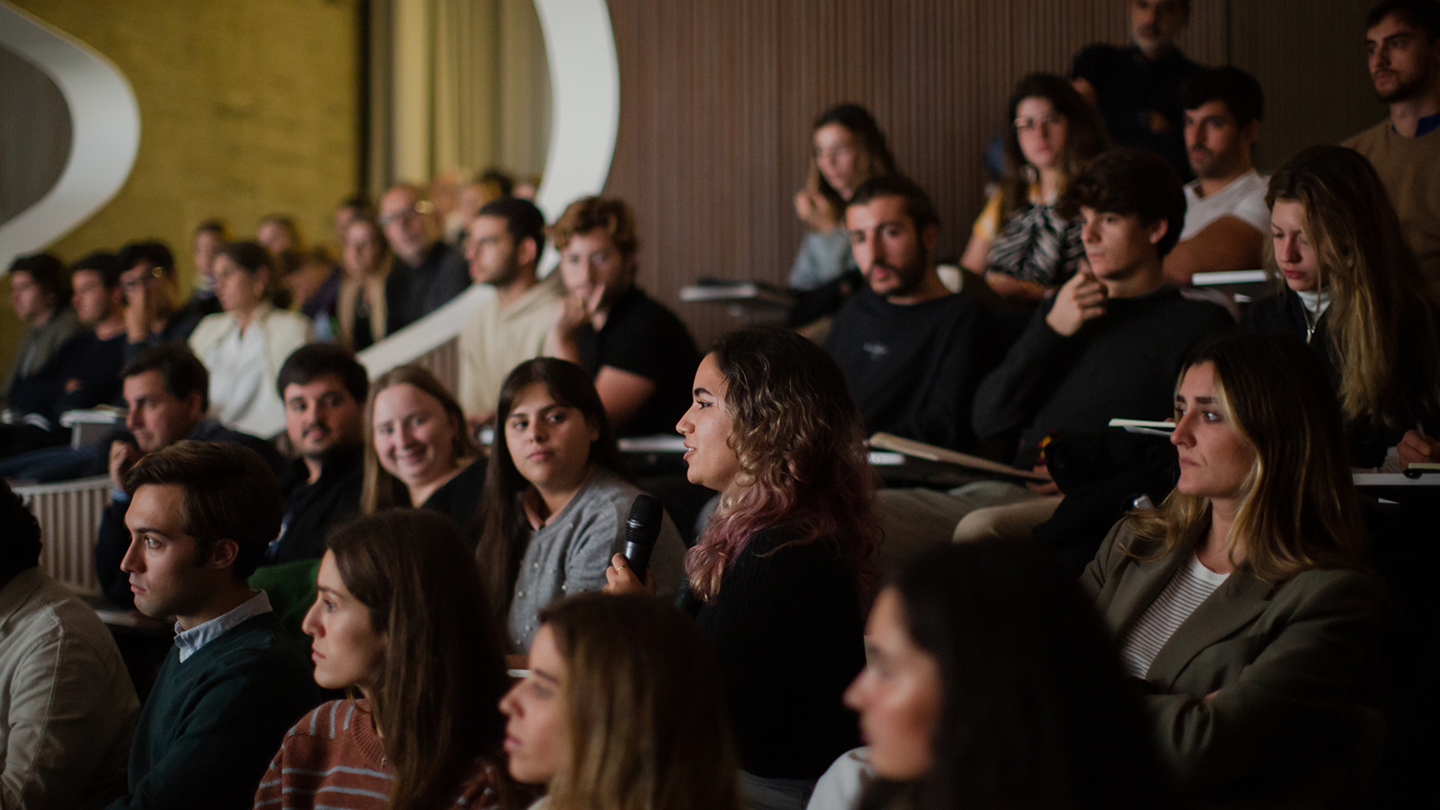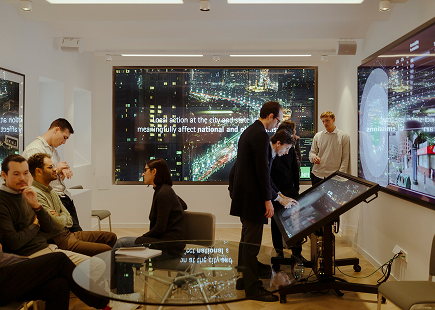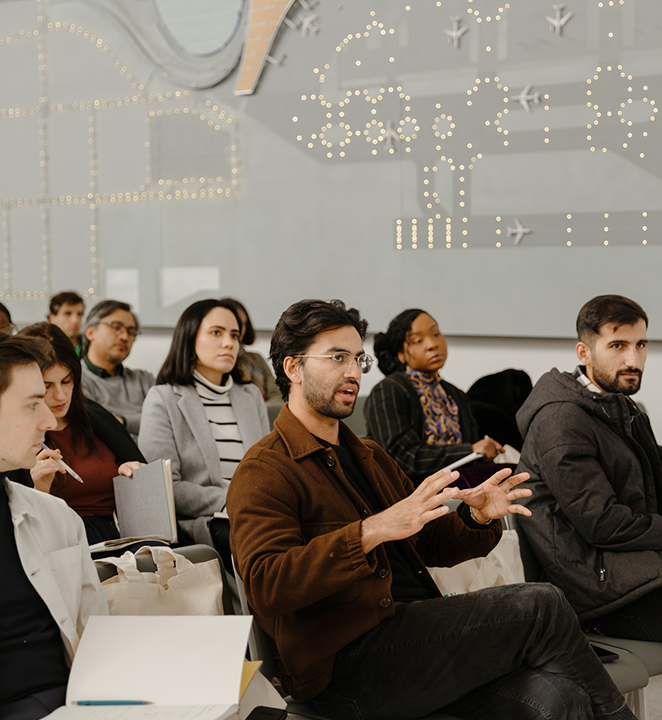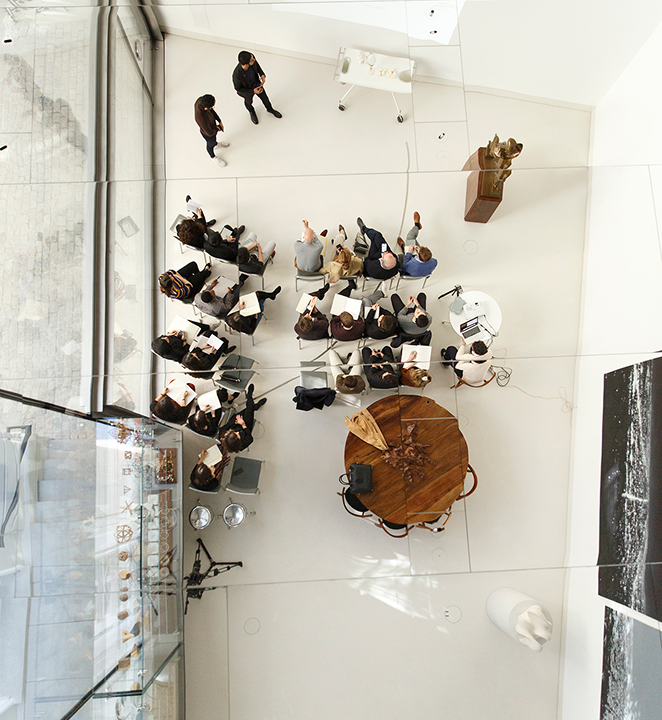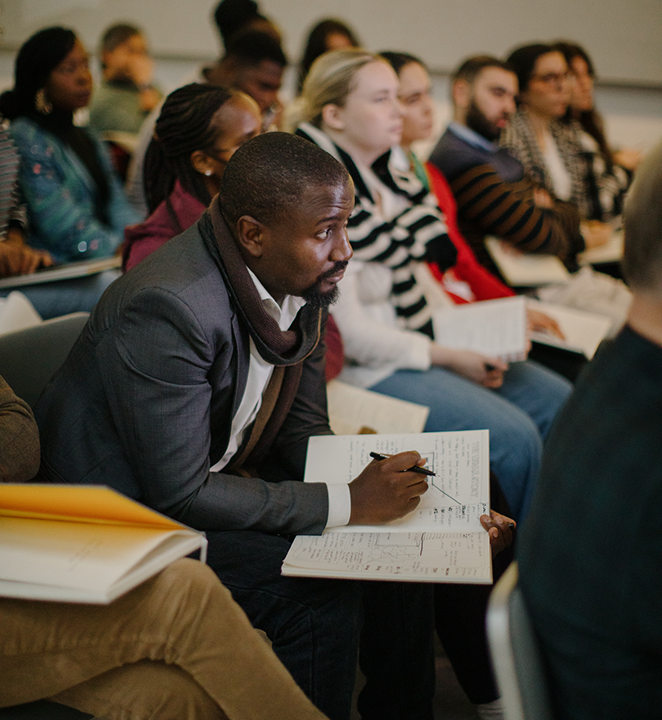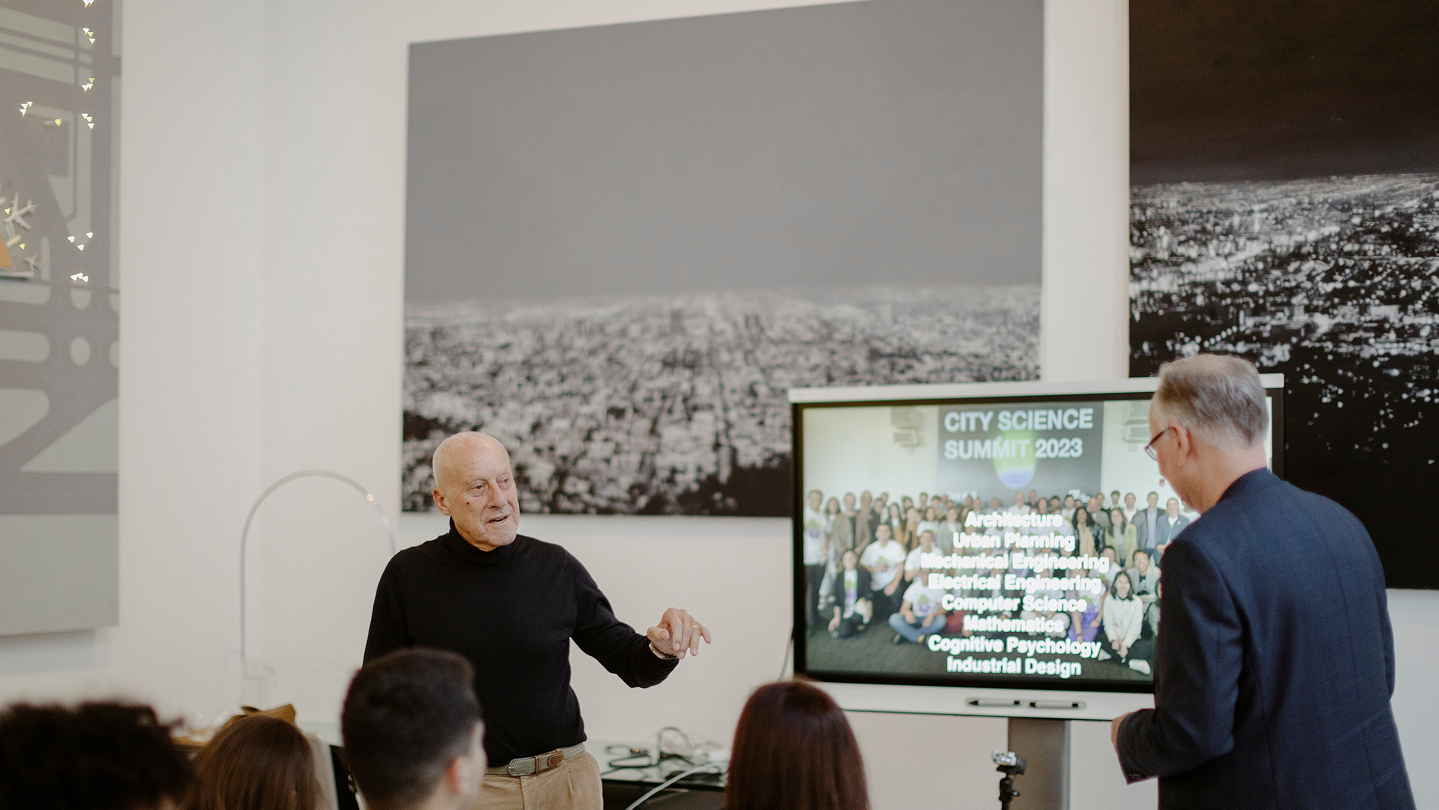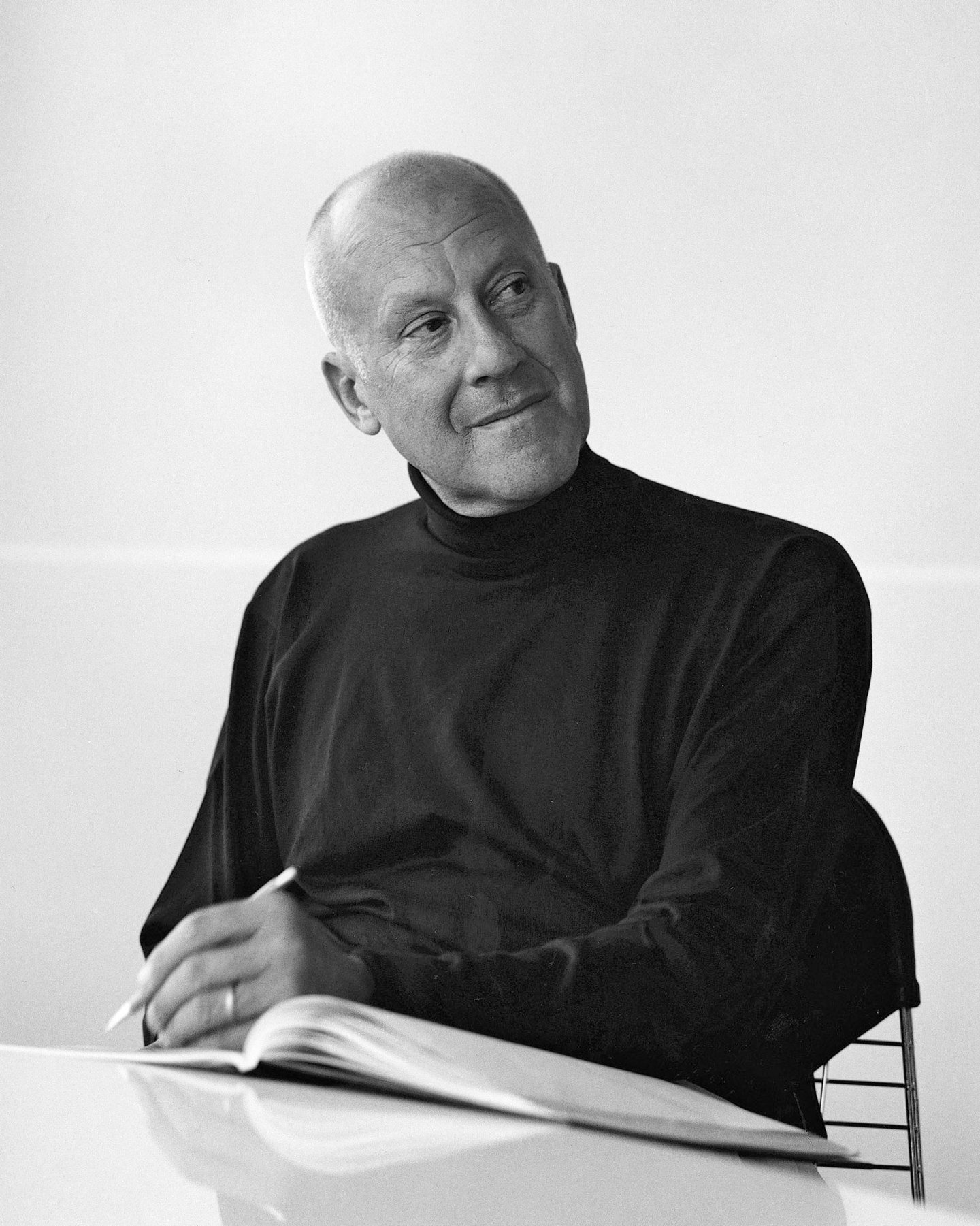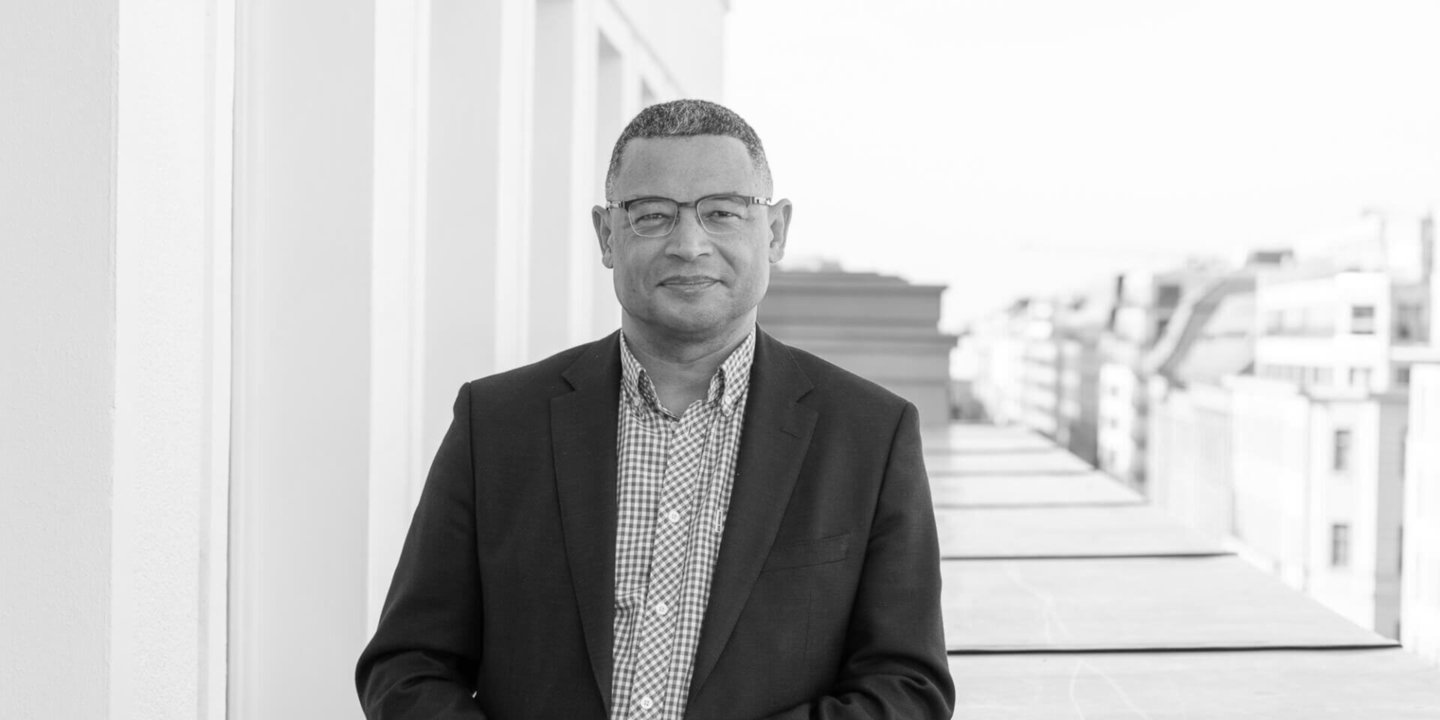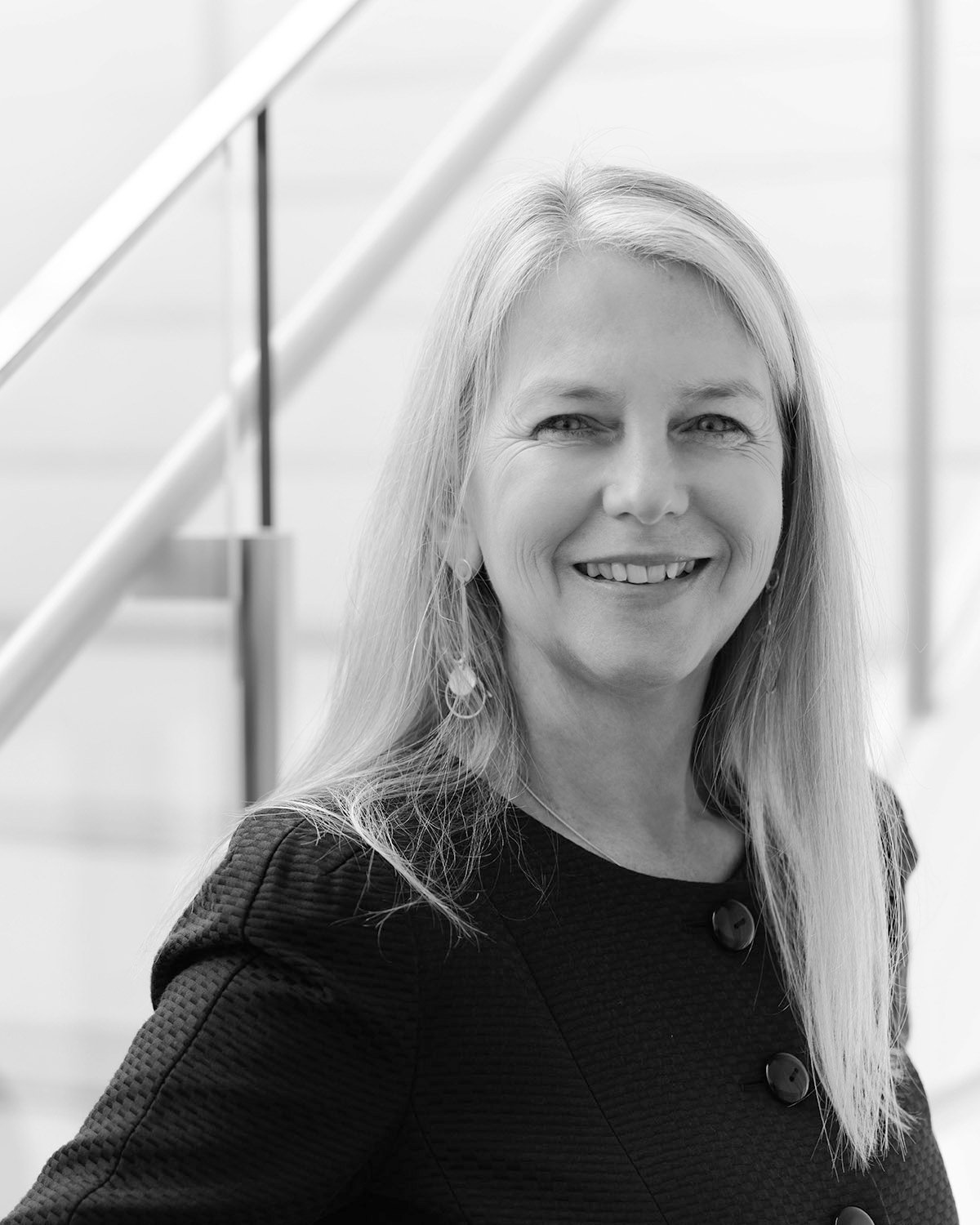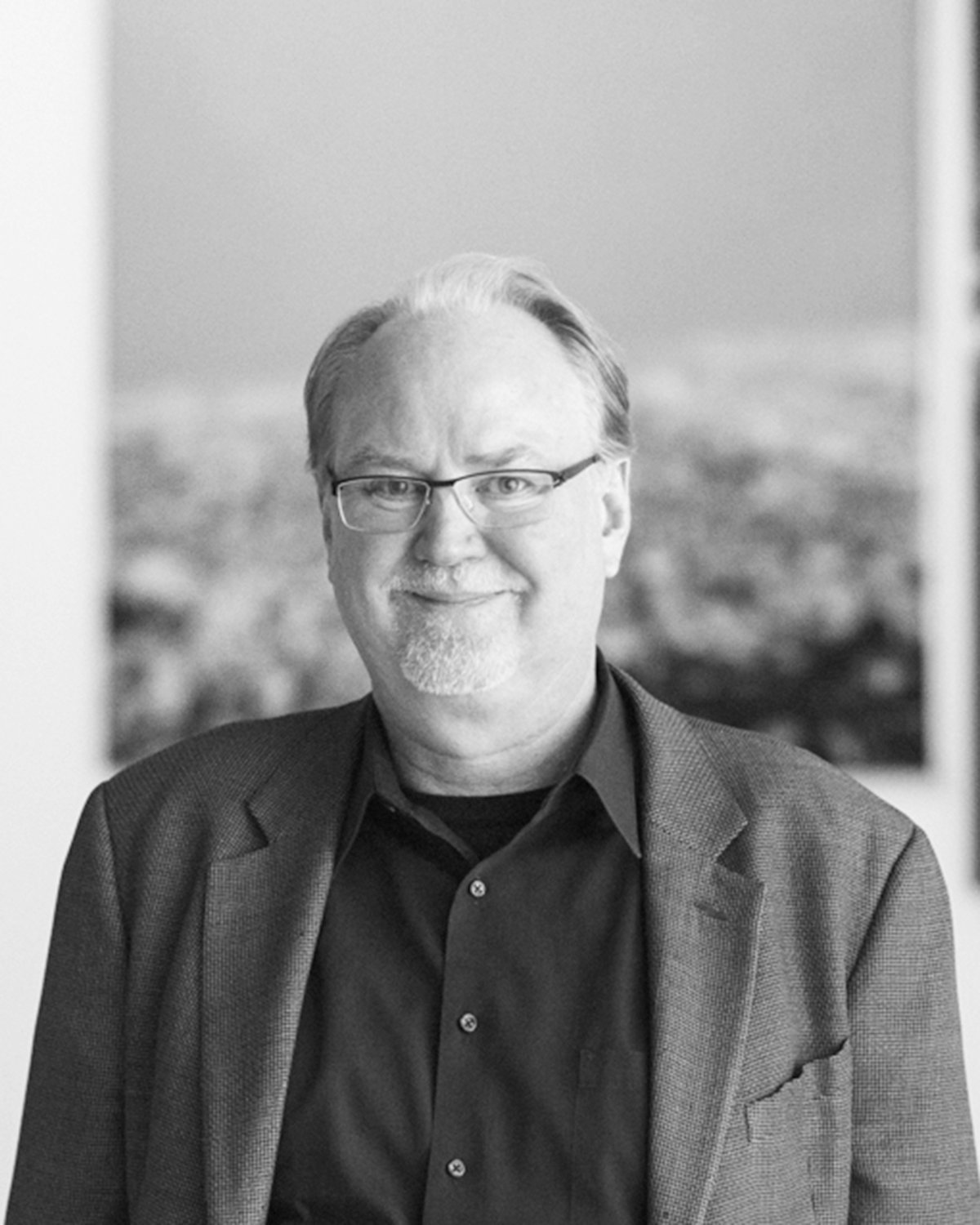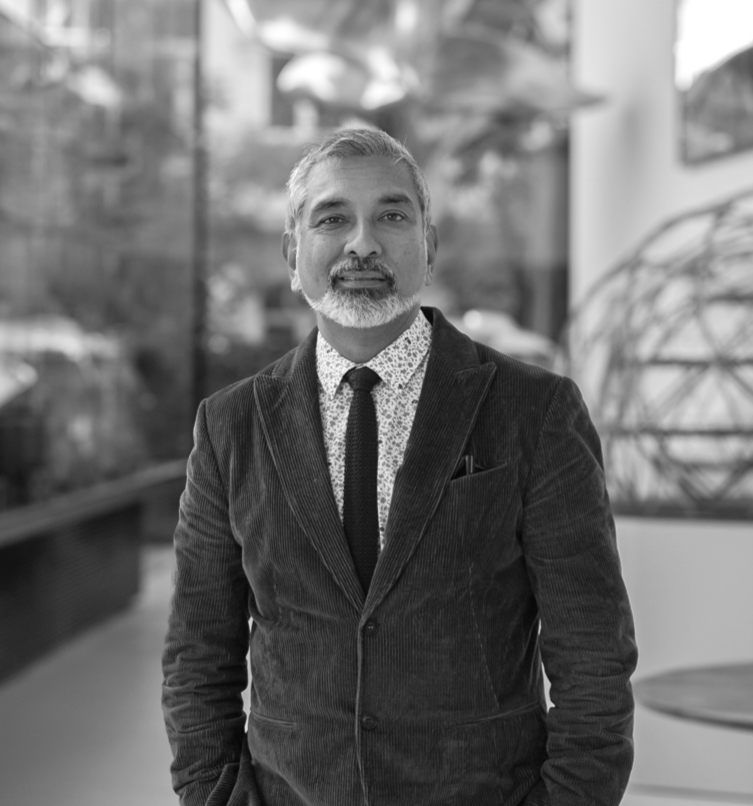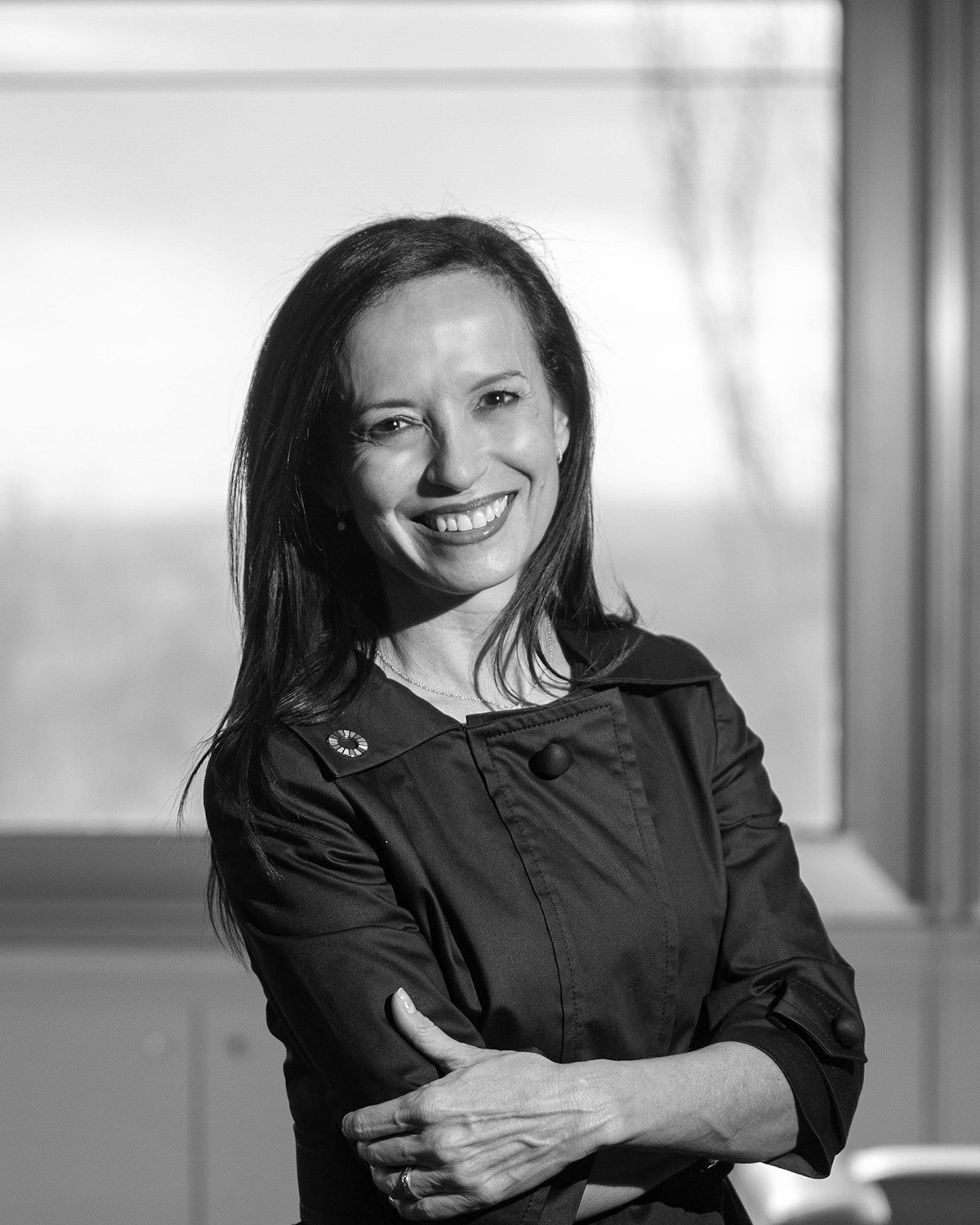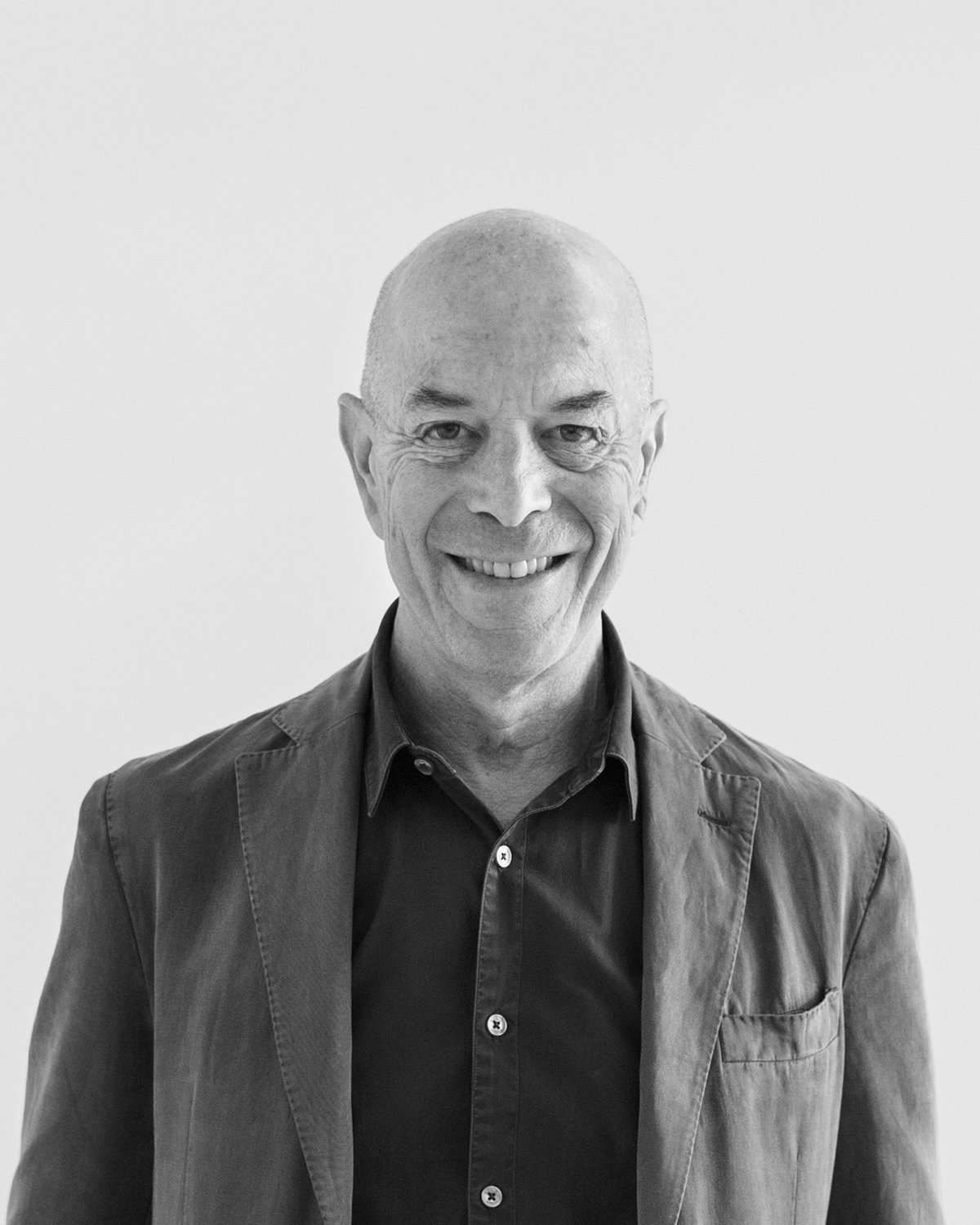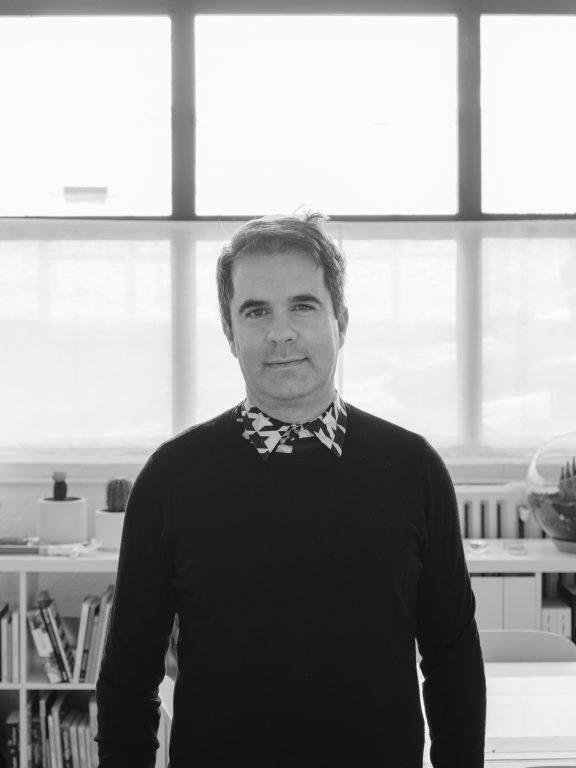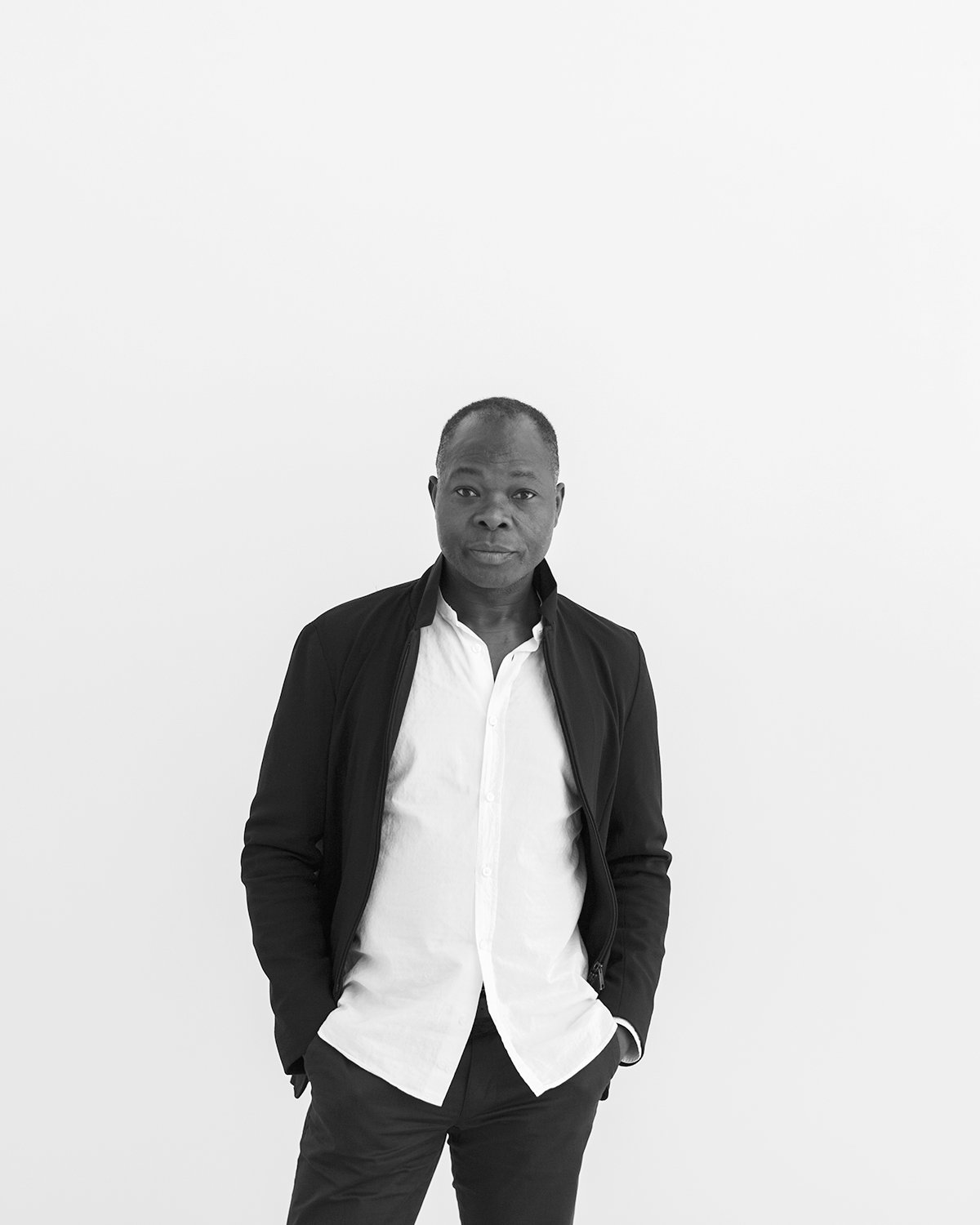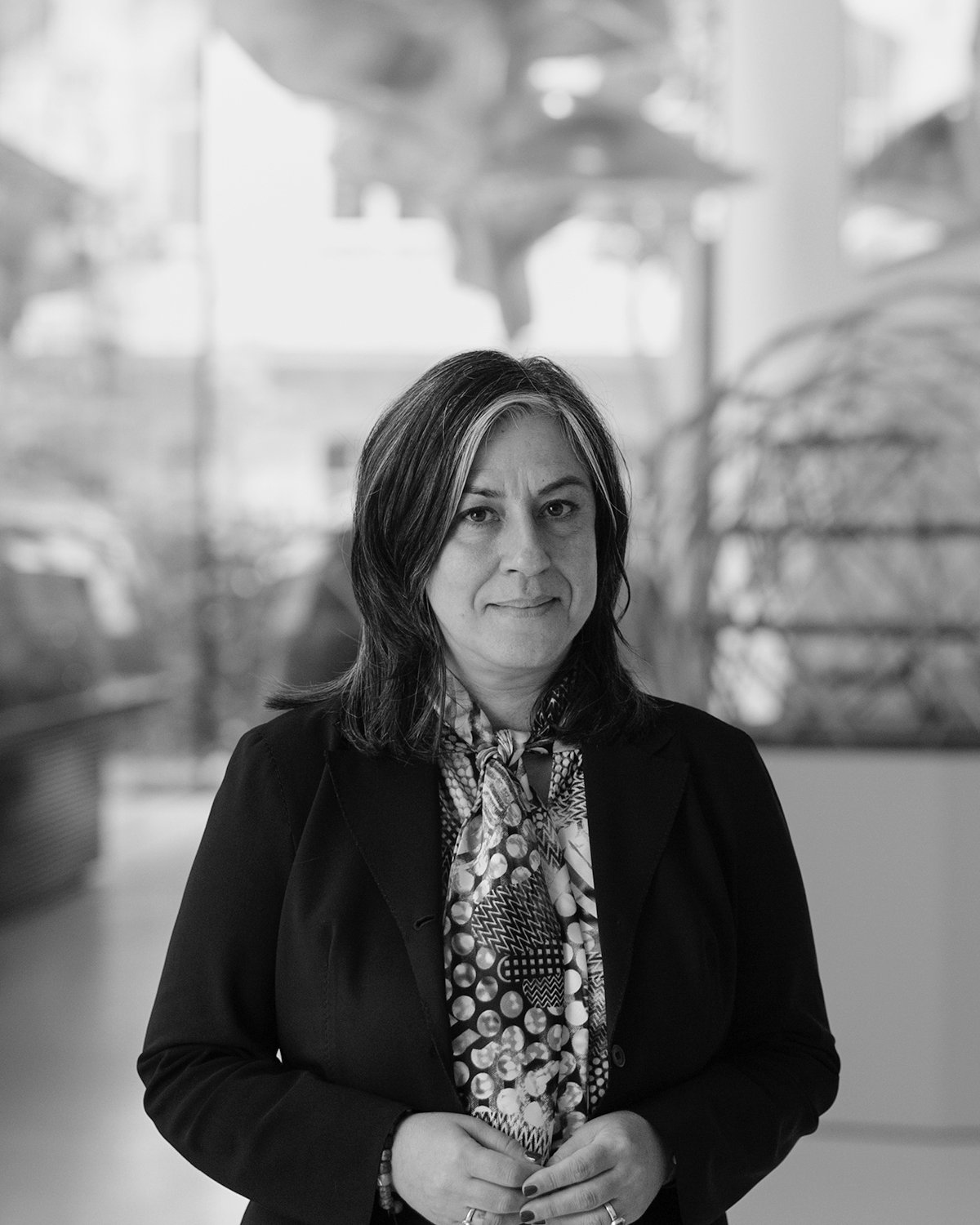Mayor of Freetown, Freetown, Sierra Leone
Associate Professor; Director, Healthy Buildings Program, T.H. Chan School of Public Health, Harvard University, Cambridge, MA, United States
Research Scientist, City Science Group; Principal Investigator, Andorra Living Lab Project, Massachusetts Institute of Technology (MIT) Media Lab, Cambridge, MA, United States
Studio Master, Architectural Association (AA), Design Research Lab (AADRL), London, United Kingdom; Senior Consultant, Ferrari S.p.A., Modena, Italy; Lecturer, University of Pennsylvania, Stuart Weitzman School of Design, London Design Studio, Pennsylvania, PA, United States
Executive Director, ELEMENTAL; ELEMENTAL Copec Chair, Universidad Católica de Chile, Santiago, Chile
Deputy Executive Director, C40 Cities, London, United Kingdom
Founder and Principal Architect, Shigeru Ban Architects, Tokyo, Japan
Co-Director, NFI Programme on Sustainable Cities; Senior Lecturer of Human Geography, Department of Philosophy and Arts, Universidad Autónoma de Madrid (UAM), Madrid, Spain
Dean, Yale School of Architecture, Yale University, New Haven, CT, United States
Professor, Department of Ecology and Evolution; Associate Faculty and Special Friend, Department of Sociology, University of Chicago, Chicago, IL, United States; External Professor, Santa Fe Institute, Santa Fe, NM, United States
Chief Technology Officer (CTO) of Gauss Fusion; CERN Honorary Member - Special Advisor to the CERN DG; Former CERN Director for Accelerators and Technology, Geneva, Switzerland
Director, LSE Cities, London School of Economics and Political Science, London, United Kingdom
Senior Vice President of Partnerships, Zipline International, Paris, France
Academic Coordinator; Lead Researcher, Norman Foster Institute (NFI), Madrid, Spain
Director, Studio Calas, Vienna, Austria
PhD Architect and Urban planner; Associate Professor, School of Architecture and Design, IE University, Madrid Spain
President of the State Council, Madrid, Spain
Assistant Professor, School of Economics and Business Studies, Universidad Autónoma de Madrid (UAM); Board Member, People4, Madrid, Spain
Member of the Academic Council, Norman Foster Institute (NFI), Madrid, Spain; Founder and Creative Director, Practice for Architecture and Urbanism (PAU), New York, NY, United States
Founder and Chief Executive Officer, DemocracyNext, Marseille, France
Howard Crosby Butler Professor of the History of Architecture and Director of Graduate Studies (PhD programme), School of Architecture, Princeton University, Princeton, NJ, United States
Member of the Academic Council, Norman Foster Institute (NFI); Former Minister of Housing, Spain; President, Red Eléctrica, Madrid, Spain
CSR and Public Affairs Director, Sanitas and Bupa, Madrid, Spain
Consulting Director, Anteverti, Barcelona, Spain
Lead Architect, Norman Foster Institute (NFI-NFF), Madrid, Spain
Professor, School of Economics and Business Studies, Universidad Autónoma de Madrid (UAM), Madrid, Spain
Associate Professor, School of Psychology, Universidad Autónoma de Madrid (UAM), Madrid, Spain
Founding Chairman and Former CEO, Ferrovial, Madrid, Spain
Co-Director, Norman Foster Institute (NFI); President, Norman Foster Foundation (NFF), Madrid, Spain
Professor, Climate School; Affiliated Faculty, Law School, Columbia University, New York, NY, United States
Founder and Executive Director, The World Around, New York, NY, United States
Professor of Psychology, School of Psychology, Universidad Autónoma de Madrid (UAM), Madrid, Spain
CEO, Anteverti; Curator Smart City Expo World Congress-Events Abroad; Director CitiesToBe, Barcelona, Spain
Associate Professor, School of Psychology, Universidad Autónoma de Madrid (UAM), Madrid, Spain
Founding Director, Oxford Martin School, University of Oxford
Advisor to the Office of the Mayor of Madrid; Associate Proffesor, Universidad Autónoma de Madrid (UAM), Madrid, Spain
Co-Director, NFI Programme on Sustainable Cities; Associate Professor of Human Geography, School of Philosophy and Arts, Universidad Autónoma de Madrid (UAM), Madrid, Spain
President, Architecture Sarasota, Sarasota, FL, United States
Installation Artist and Sculptor, Cristina Iglesias Studio, Madrid, Spain
Dean, Columbia University Graduate School of Architecture, Planning and Preservation, New York, NY, United States; Founder, Office for Political Innovation, New York, NY, United States and Madrid, Spain
Founder, Kéré Architecture and Kéré Foundation, Berlin, Germany
Professor of Urban Analytics, Department of Built Environment, Oslo Metropolitan University, Oslo, Norway
Co-founder and Co-director, Lacaton et Vassal Architectes, Paris, France
Co-Director, Norman Foster Institute, Madrid, Spain; Director, City Science Research Group, Massachusetts Institute of Technology (MIT) Media Lab, Cambridge, MA, United States
Director, Master in Advanced Computation for Architecture and Design (MaCAD), Institute for advanced architecture of Catalonia (IaaC), Barcelona, Spain
Associate Professor, Università di Napoli Federico II (UNINA), Naples, Italy; Co-Director, Urban Climate Change Research Network European Hub
Chair of Council, Board of Trustees, London School of Economics and Political Science (LSE), London, United Kingdom; Founder and Managing Director, Susan Liautaud & Associates Limited, London, United Kingdom
Professor of Philosophy of Law and Political Philosophy, Universidad Carlos III; Ramón y Cajal Professor, Universidad Autónoma de Madrid (UAM), Madrid, Spain
Associate Director, Architecture and Technology Unit, Norman Foster Foundation (NFF), Madrid, Spain
Regional Director, C40 Europe, Madrid, Spain
Arts Editor Frankfurter Allgemeine, Frankfurt, Germany
Co-founder of PLAN ZERO, Warsaw, Poland
Head of Research, Norman Foster Institute (NFI), Madrid, Spain
Assistant Professor, School of Economics and Business Studies, Universidad Autónoma de Madrid (UAM), Madrid, Spain
City Science Coordinator, Norman Foster Institute (NFI), Madrid, Spain
Former Minister of Justice of Spain, Madrid, Spain
Visiting Researcher and Associate Professor of Sustainable and Climatic Design, Institute of Architecture and Technology, Royal Danish Academy, Copenhagen, Denmark; Distinguished Professor, University of Seville, Seville, Spain
Founder, studioADAPT; Assistant Professor, Head of EDPL Lab Technion Israel Institute of Technology, Haifa, Israel
Associate Professor, Department of Political Science, Universidad Autónoma de Madrid (UAM), Madrid, Spain
Director, Media Lab, Massachusetts Institute of Technology (MIT), Cambridge, MA, United States
Executive Director and Founding Commissioner, Global Commission on the Economics of Water, OECD, Amsterdam, The Netherlands
Associate Professor, Universidad Complutense Madrid, Madrid, Spain
Founder & Chair, 880 Cities; Founder, Cities for Everyone, Toronto, ON, Canada
Associate Professor, Department of Economics and Public Finance, Universidad Autónoma de Madrid (UAM), Madrid, Spain
G. Ware Travelstead Professor of the History of Architecture and Technology, Director of Doctoral Programmes, Harvard Graduate School of Design, Harvard University, Cambridge, MA, United States
Founding Director, African Centre for Cities; Professor, School of Architecture, Planning and Geomatics, University of Cape Town, Cape Town, South Africa
Lead Researcher, Norman Foster Institute (NFI), Madrid, Spain
Director, Senseable City Lab, Massachusetts Institute of Technology (MIT), Cambridge, MA, United States; Founding Partner, CRA-Carlo Ratti Associati, Turin, Italy; Curator, 2025 Venice Architecture Biennale, Venice, Italy
Professor, School of Economics and Business Studies, Universidad Autónoma de Madrid (UAM), Madrid, Spain
Group Sustainability Director, Bupa, London, United Kingdom
Research Associate, The Alan Turing Institute; Visiting Lecturer, Royal College of Art, London, United Kingdom
PhD in Architecture; Director, Ove Arup & Partners, Madrid, Spain. WELL AP & Faculty, LEED AP, ILFI Accredited
Director, Museo del Design Italiano; Curator, Design, Fashion & Crafts, Triennale Milano, Milan, Italy
Associate Professor, Department of Economic Structure and Development Economics, Universidad Autónoma de Madrid (UAM), Madrid, Spain
Head of City Science, Norman Foster Institute (NFI); Senior Research Fellow in Building Stock and Energy Modelling (Energy Institute); Research Fellow in Evidence Based Urban Design and Planning (Space Syntax), Bartlett School of Architecture, University College London (UCL), London, United Kingdom
Professor of International Environmental Law at the University of Strathclyde Law School, Glasgow, Scotland - UK on secondment with the Scottish Government as Carbon Neutral Islands project lead
Architect and Urban Planner; Managing Director, Space Syntax, London, United Kingdom
Director, Groupwork; Tutor, ADS5 Architecture MA, School of Architecture, Royal College of Art, London, United Kingdom
Senior Research Fellow, Department of Geography, Universidad Autónoma de Madrid (UAM), Madrid, Spain
Co-Founder, Oficina de Resiliencia Urbana (ORU); Associate Professor, Urban Environmental Area, School of Architecture, Universidad Nacional Autónoma de México (UNAM), Mexico City, Mexico
Founder and CEO, Vassilakou Urban Consulting GmbH; Former Vice Mayor, Vienna, Austria
Vice President, Metropoli Foundation, Madrid, Spain
Professor of Architecture; Dean Emeritus, Graduate School of Architecture, Planning and Preservation (GSAPP), Columbia University, New York, NY, United States
Director, Circular Engineering for Architecture (CEA); Professor of Circular Engineering for Architecture; Swiss Federal Institute of Technology Zurich (ETH Zurich), Zurich, Switzerland
Lead Researcher, Norman Foster Institute (NFI)
Associate Professor, Department of Geography, Universidad Autónoma de Madrid (UAM), Madrid, Spain
Studio Lead, Norman Foster Institute (NFI); Academician, Royal Academy of Fine Arts of San Fernando, Madrid, Spain
